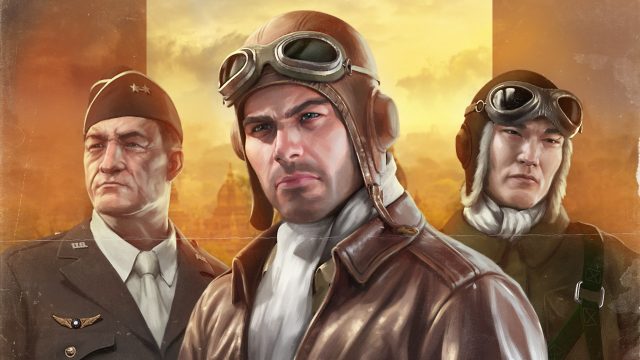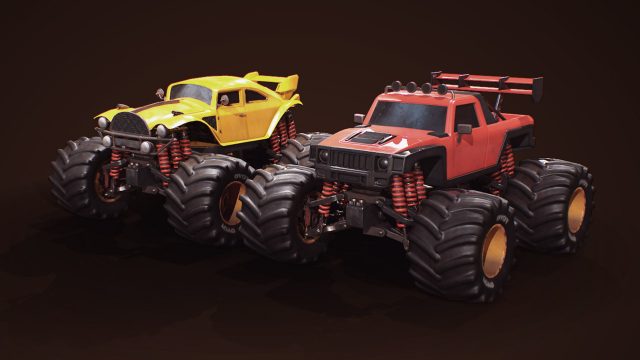
HURRICANE MK. IIB
The Hurricane fighter was built by Hawker Aircraft after the RAF asked for a low wing monoplane in response to the increasing threat from Nazi Germany in the mid 1930s. The improved Mk (Mark) IIb first took to the air in June 1940, and although it was classed as a Mk II the only difference from the earlier Mk I was that it used the Merlin XX engine, increasing the top speed to 342 mph (550 kmh) at super-high altitude of 22,000 feet.
The Mk II Series 1 entered front line service in September 1940, taking part in the last stages of the Battle of Britain, where it was the unsung hero of that historical battle. The Mk IIb gained prominence after The Battle of Britain and were placed in 57 home squadrons, and 25 overseas squadrons.
It was in the Hurricane Mk IIb (or the Hurri-Bombers, as they became known) that twelve guns become standard instead of the more traditional eight, (with two extra .303 Browning machine guns located along the wing). Two bomb racks were also added, enabling the plane to carry 250 pound bombs.
One of the many advantages of the Hawker Hurricane Mk IIb was its ability to double up as a fighter-bomber and a fighter. In ground attack mode it used its primary and pylon mounted guns to take care of softer targets while its bomb capacity was employed for heavier, armored targets.
Despite its adaptability and power, the Hurricane had its share of problems. It was relatively fragile due to it’s fabric-coated frame, plus its high rate of fire meant it tore through ammunition at an alarming rate.
The Hurricane worked best when paired with other planes, as was done in the China-Burma-India theater. The Allied air forces of the early 1940s CBI, flying the Brewster Buffalos, were already struggling against the IJAAF, so the RAF quickly disassembled 51 tropical (trops) Hurricanes and shipped them off to Singapore to assist in the aerial defense.
The RAF pilots (most veterans of the Battle of Britain), who came to fly the Hurricanes formed into the 232 Squadron. In additions to this, the 488, a Buffalo squadron, also converted to Hurricanes, forming the basis of the 226 Group.
Another 48 Mk IIBs arrived soon after. These Hurricanes, fitted with dust filters, were used in a fighter-bomber and fighter role. The Hurricane was the only RAF aircraft in the area that could hold its own against the IJAAF fighters, especially the nimble Ki-43. Despite this, they were hopelessly outnumbered at first, and could not stop the Japanese slowly graining control.
This changed in the middle of 1942 when five more Hurricane squadrons arrived from Britain, making the air battles more evenly matched.





